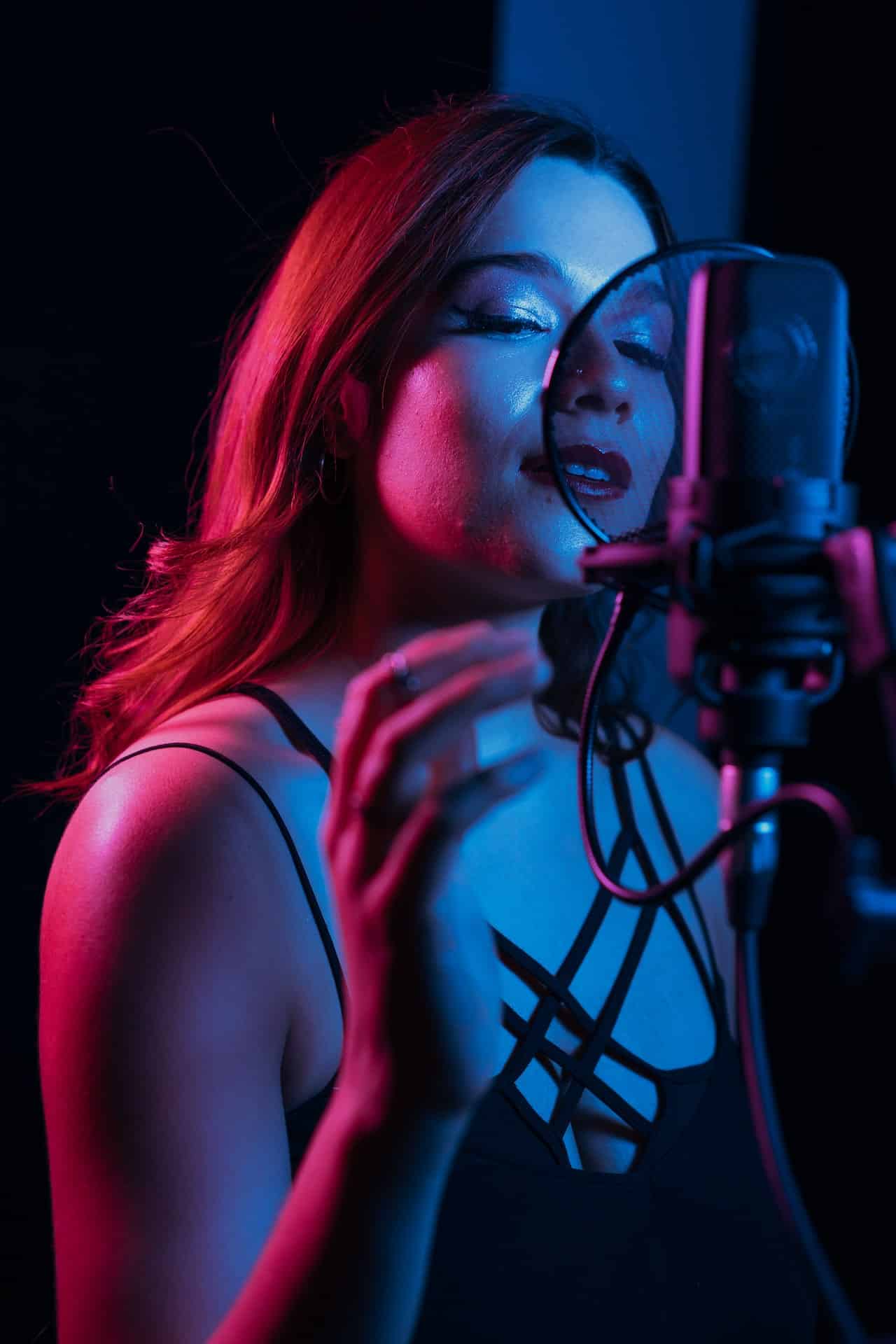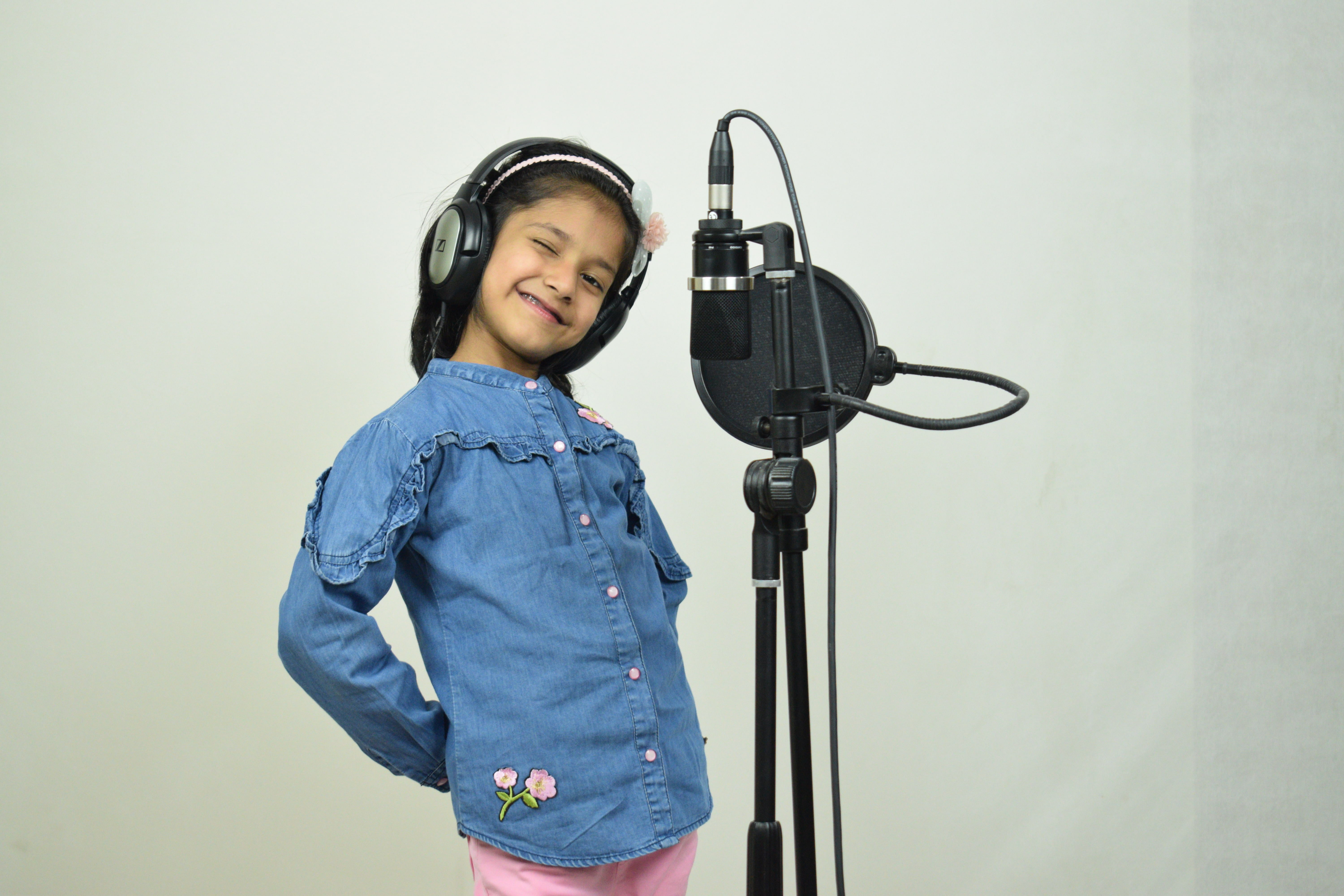
- Introduction:
- Evolution of Dubbing:
- Advantages of Dubbing for Artists:
- Challenges Faced by Dubbing Artists:
- The Dubbing Process:
- Best Software used for Dubbing :
- Adobe Audition:
- Audacity :
- Emerging Technologies in Dubbing:
- Future Trends in the Dubbing Industry:
- Impact of Social Media and the Role of Dubbing in Animation:
- FAQ:
- Conclusion:
In India, dubbing in regional languages is getting increased in the movies. Nowadays, movie directors are hiring dubbing artists to expand the reach of the movies indan and worldwide, The main actors playing the prime roles in these videos may not be always able to deliver their written dialogues in the required tones. So their voices need to be dubbed in the sound recording studio, under the careful guidance of an expert sound engineer. Moreover, many English films are dubbed in various vernacular languages, for the convenience of local Indians. Hence, plenty of dubbing artists with good voices are needed, mainly for Hindi, Tamil, and Punjabi languages. Aspiring dubbing artists should be aware of the job requirements that will help them achieve success in this field.
Introduction:

Dubbing is the process of replacing the original audio track of a film or video with a new one in a different language. It is an art form that requires precision, creativity, and technical expertise. In this comprehensive guide, we will explore the evolution of dubbing, the advantages it offers for dub artist, and the challenges faced by dubbing artists. We will also cover the dubbing process, emerging technologies, and future trends in the industry, as well as the impact of social media and the role of dubbing in animation. Finally, we will include a FAQ section that answers common questions on dubbing.
Gain thorough fluency in languages
First of all, an aspiring dubbing artist should have a thorough knowledge of English and the vernacular language in which he/she wants to dub. Usually, Hindi, Tamil, Telugu, and Punjabi are the languages that have demand for voice-over artists. Thus, he/she should be fluent in speaking both English and vernacular languages and needs to have good command over the grammar of the targeted languages.
Achieve voice clarity and versatility
The dubbing artist needs to have absolute voice clarity so that every word spoken by him/her is understandable through the soundtrack. Moreover, his/her voice tone should match the one in the original soundtrack, when the dubbing of an English video is going on. The dubbing artiste should be able to deliver the required emotion expressed by the original voice. So his/her voice should be versatile to match all types of voices that need to be dubbed.
Contact various dubbing studios
There are plenty of sound recording studios in India, where various dubbing works are conducted by efficient sound engineers. Apart from dubbing English films, several videos and audios are produced in these studios for commercial jingles for radio and TV, corporate presentations, video content of e-courses, documentaries, audiobooks, and Multimedia. Dubbing artists need to visit these studios and submit demos of their voices in the form of CDs. The addresses of these reputed studios are available on the Internet. Aspiring artists may also contact these studios online and keep in constant touch with them, in the hope of getting their first breaks.
It is better to undergo a professional training course in voice-over, which will help them to learn all the technical facts of dubbing. Moreover, they will have expert guidance for the improvement of their voice modulation, which will make them successful dubbing artists in the future. Experienced dubbing artists are usually paid Rs 5 – 8 K per episode in TV serials while they may get to 1.5 Lakh per film for voice-over of only one particular character.
Evolution of Dubbing:
Dubbing has been around since the early days of cinema. In the 1930s, dubbing became popular in Europe, where films were dubbed into multiple languages for distribution in different countries. In the 1950s, dubbing became more widespread in the United States, where foreign films were dubbed into English for American audiences. Today, dubbing is a global industry, with films, TV shows, and other content being dubbed into multiple languages for distribution around the world.
Advantages of Dubbing for Artists:
Dubbing offers several advantages for artists. First, it allows them to showcase their voice acting skills in multiple languages. Second, it provides them with a steady stream of work, as the demand for dubbing artists is high. Third, it offers them the opportunity to work on high-profile projects and collaborate with other artists in the industry.
Challenges Faced by Dubbing Artists:
Dubbing can be a challenging art form, as it requires artists to match the lip movements of the original actors with the new voice-over. This can be difficult, especially if the original language and the new language have different rhythms and intonations. Dubbing artists also need to be able to modulate their voices to match the character they are dubbing for, which requires a high degree of skill and creativity.
The Dubbing Process:
The dubbing process involves several steps. First, the script is translated into the new language. Then, the dubbing artist records the voice-over in a recording studio, while watching the original footage. The voice-over is then edited and synchronized with the video, to match the lip movements of the original actors. Finally, the finished product is mixed and mastered to create a seamless audio track.
Best Software used for Dubbing :
Adobe Audition:
Adobe Audition is a powerful tool for audio editing and mastering that provides a comprehensive toolset for users to create, mix, and design sound effects. It offers specialized tools for cleaning up or restoring audio and offers a comprehensive toolset that includes multitrack, waveform, and spectral display.
Audacity :
Audacity is a free, open-source audio editing software that allows users to record,Dubb, edit, and mix audio content. It is a powerful tool for creating and editing audio files for podcasts, music, and sound effects. Audacity is available for Windows, Mac, and Linux operating systems and is free to download and use
Emerging Technologies in Dubbing:
Emerging technologies are transforming the dubbing industry. AI-powered dubbing software can analyze the lip movements of the original actors and generate a new voice-over that matches the lip movements perfectly. Virtual reality technology is also being explored to enhance the dubbing experience. With VR, dubbing artists can immerse themselves in the scene and deliver a more authentic performance.
Future Trends in the Dubbing Industry:
The future of dubbing looks promising, especially with the rise of global content. The demand for dubbing artists is expected to increase, as more content is produced in multiple languages. Regional language content is also expected to become more popular, creating new opportunities for dubbing artists by dubbing YouTube videos and localization. Now content is getting translated into multiple languages. In addition, real-time dubbing is being explored, which would allow for live dubbing of events and performances. Social media is growing with the help of dubbing artist by expanding content globally.
Impact of Social Media and the Role of Dubbing in Animation:
Social media has had a significant impact on the dubbing industry. Dubbed content is being shared on social media platforms, making it accessible to a wider audience. In addition, dubbing is playing an important role in the animation industry, where it is used to bring animated characters to life in multiple languages.
FAQ:
Q: What is the purpose of the dubbing?
A: The purpose of dubbing is to make content accessible to a wider audience, by providing voice-over in a different language. It breaks the language barrier and connects the world by sharing art or culture.
Q: What are the benefits of dubbing for artists?
A: Dubbing offers artists the opportunity to showcase their voice acting skills in multiple languages, provides them with a steady stream of work, and allows them to work on high-profile projects.
Q: Is real-time dubbing possible?
A: Real-time dubbing is being explored, but it is not yet widely available.
Q: New Platform for getting Dubbing projects.
A: You can register your profile as a dubbing artist in the new voice over marketplace like VoiceOverMehak.com,fiverr.com,upwork.com, and freelancer.com
Conclusion:
Dubbing in movies is a complex and challenging art form requiring high skill and technical expertise. It offers several advantages for artists, including the opportunity to showcase their voice acting skills in multiple languages and work on high-profile projects. The dubbing industry is evolving rapidly, with emerging technologies and new trends shaping its future. As global content continues to rise, the demand for dubbing artists is expected to increase, creating new opportunities for artists in the industry.
Leave a Reply